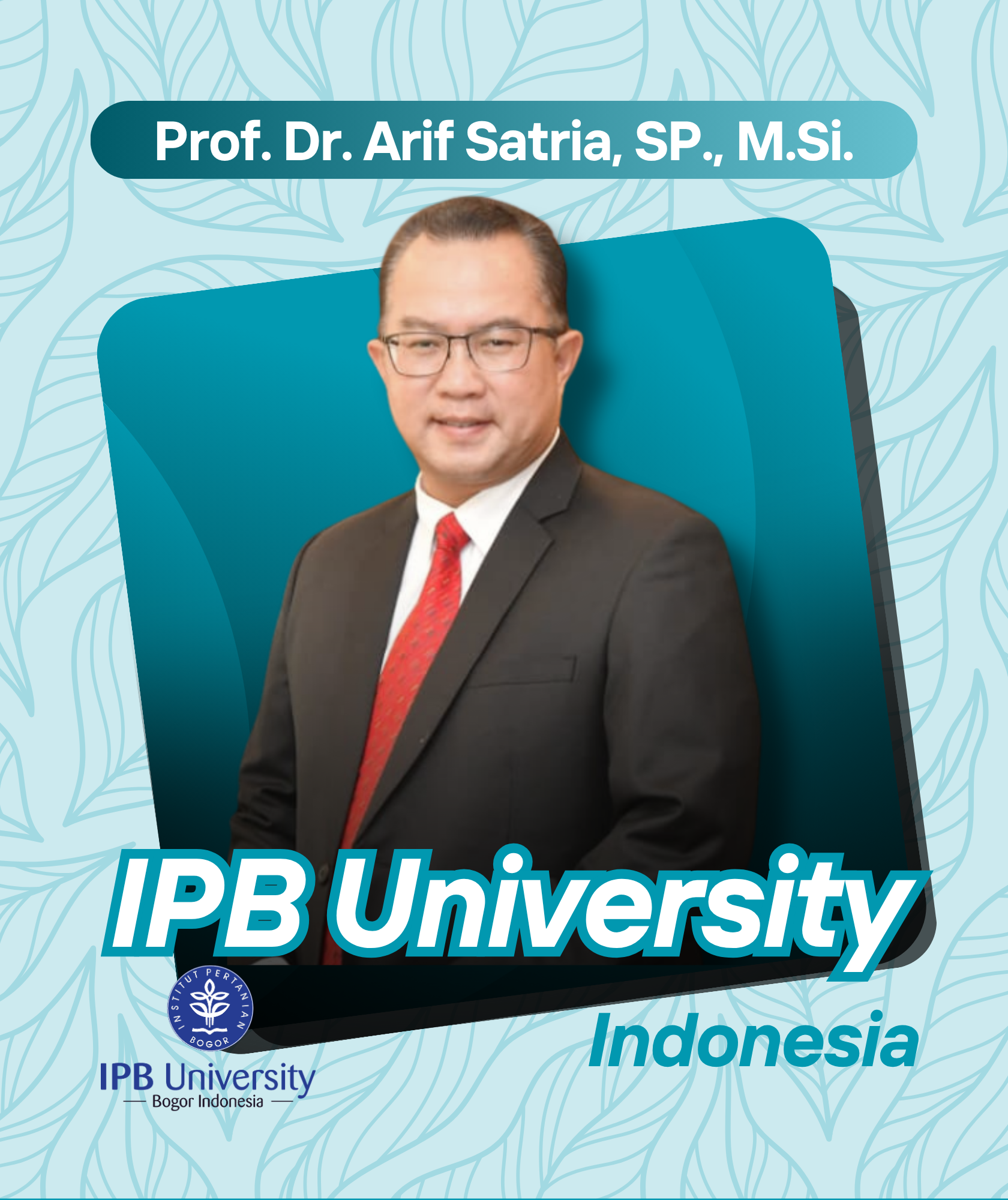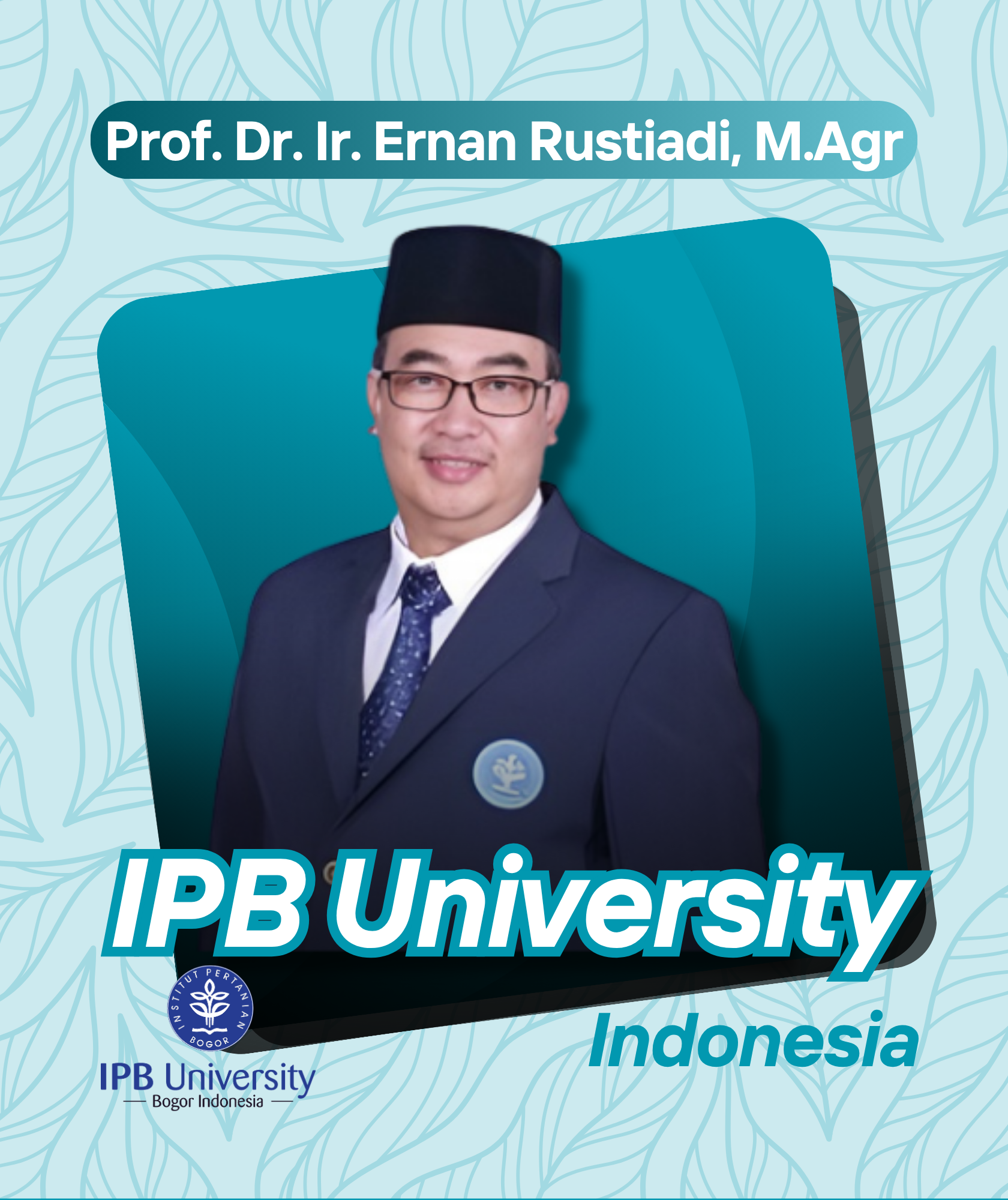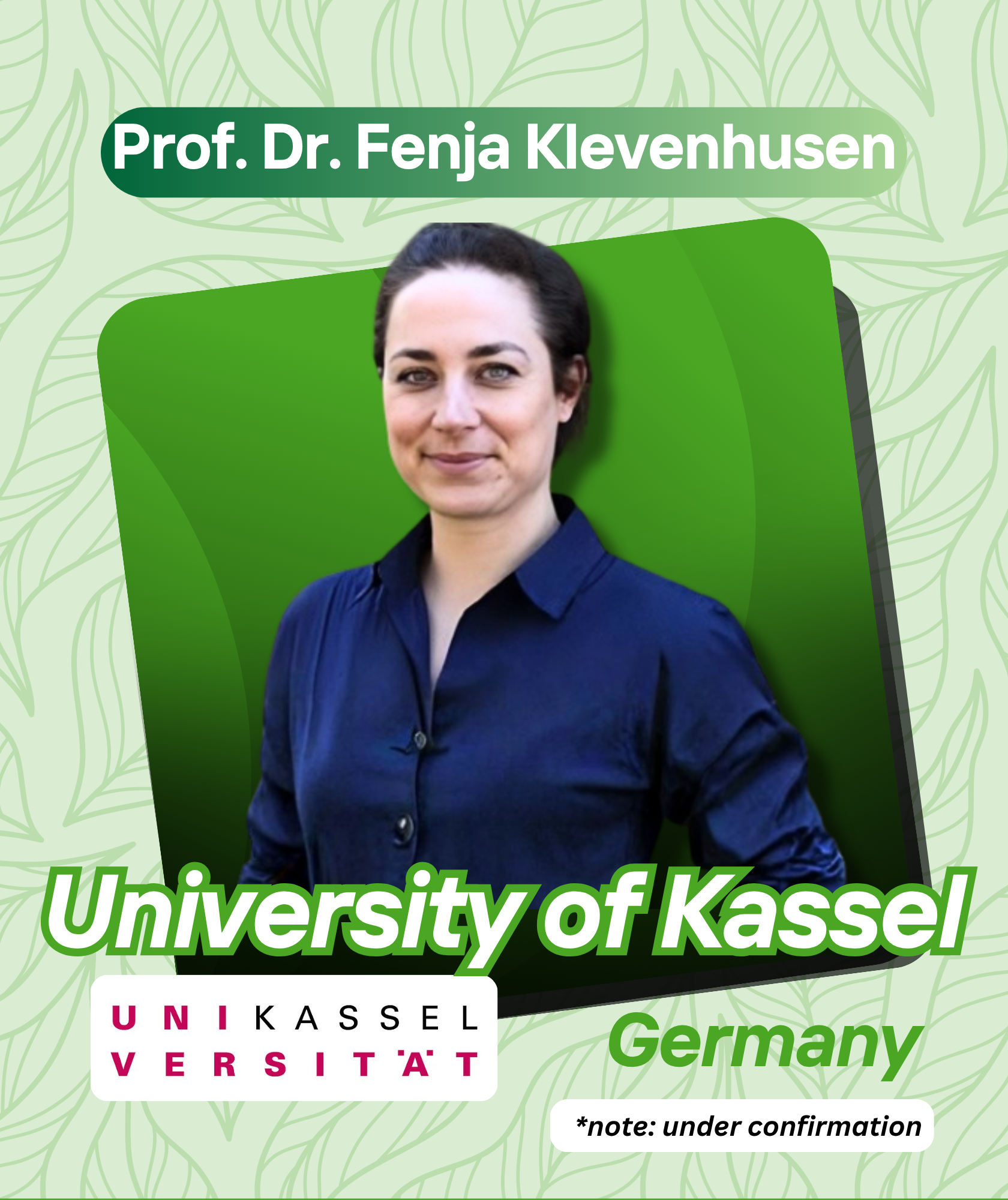Economic Valuation Estimation of Supplementary Irrigation Water in Crop Farming: A Study on Various Levels of Land Drought in Bantul Regency, Yogyakarta
This paper was not presented at the conference.
Abstract
This paper was not presented at the conference.
The agricultural sector of food crops in Bantul Regency plays a significant role, contributing 13.64% to the Regional Gross Domestic Product (GDP). Hydrological drought threats have substantial impacts, leading to a noteworthy decline in crop productivity, averaging 59.97 Kw/Ha. The conversion of agricultural land to non-agricultural use, irrigation network damage, and the increasing scarcity of water resources result in a reduction in farmers' income. The aim of this research is to estimate the economic value of supplementary irrigation water in crop farming in Bantul Regency by comparing the value of supplementary irrigation water in areas with high, moderate, and low aquifer productivity. Farmers in high aquifer areas (Sabdodadi) and moderate aquifer areas (Guwosari) can cultivate rice twice a year, while in low aquifer areas (Wukirsari), it is only possible once a year. The productivity levels of food crops also vary among these three areas, where farmers in water surplus areas use more water and produce higher outputs compared to low aquifer areas facing water shortages. Cash costs in Sabdodadi, Guwosari, and Wukirsari for the third planting season each reached Rp 11,590,451, Rp 11,698,165, and Rp 10,671,432 per hectare, while non-cash costs were Rp 2,600,260, Rp 3,331,483, and Rp 4,229,162 per hectare, respectively. Production cost fluctuations are particularly pronounced in Sabdodadi, with a total cost of Rp 14,190,711 per hectare in MT 3, while Guwosari and Wukirsari reached Rp 15,029,648 and Rp 14,900,594 per hectare, respectively. The highest income was achieved by Sabdodadi, amounting to Rp 15,518,964 per hectare in the same season, while Guwosari and Wukirsari reached Rp 15,778,358 and Rp 14,778,346 per hectare. The economic contribution of supplementary irrigation water ranges from 6.88% to 9.71% of the total economic value of food crops, with Wukirsari having the highest contribution. This situation may lead to the unsustainability of food crop farming. To address this, the values mentioned above can be used as references for prioritizing the development of agricultural infrastructure by the Bantul Regional Government.













